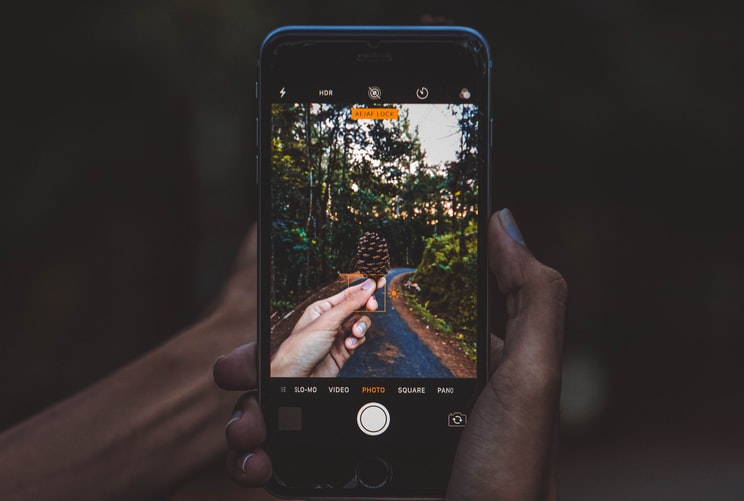Image processing is among the top subjects in the IT industry. We will learn how to do image recognition in python.
How To Do Image Recognition In Python?
The machine vision is the basis for computers, self-driving, and face detection. So, this is visual processing at the heart of machine vision.
Thus, the role to recognize the digital image. Also, before carrying out some picture mission.
To create the photos more appropriate as raw data it is often important to organize. I will concentrate on image analysis in this post.
Since in general, how JPEG files can do transform. PNG archives for our neural nets for accessible results.
We can then focus on applying the classical algorithm in many other papers. Also some special ones like SqueezeNet and ResNet.
We are going to use a library called TensorFlow 2.0 because it gives a lot of utilities. So, to get image data from files and resize the images.
Even transform a large set of images all at once.
Image File Processing
What must we do until we analyze a photo? How photo objects function must do known.
Since we will address in particular why these formats are to and plenty of binary data and dots. So, if you have ever seen the attributes of a digital image yet.
Thus, it displays picture proportions, i.e. the picture length and width. Also, the pixel values depend on height and distance.
Where a picture is 400×300 (width x length), for instance. So, then there are 120000 bytes in the graphic.
Moreover, the graphic of the football is 1710×1980 (1710px d, 1980px h). So, the picture is 1024×1024 (w 1024px, h 1024px).
Also, the folder title comes from the feature tensorflow.io.read format. So, the contents of the file do return as a vector with tensorflow.string form.
Hence, the tensorflow.io.read output is the rough pixel file. So, while the input file is an image.
While the rough bytes display is the vector value of the photo. Thus, it is not applicable.
Now let’s look at the Python application to use the football photo.
PIXEL Definition
A picture with a particular shadow, color, or blur is a pixel. So, as a singular odd number or several numbers, we likely contain a dot.
Pixels assume a different shape depending on the picture perception. So, that is one of the preceding usually:
- Grayscale: The photo does present as monochrome colors. The sum number of each pixel is 0–255. Where 0 is dark and 255 becomes white.
- RGB: The total color picture definition. Each dot consists of three entries from 0 to 255. At which number is the size of red, green, and blue.
- RGBA: RGB expansion with an alpha zone applied. The zone alpha reflects an object’s visibility.
Next, we will reflect on an effect size as some dots in this laboratory. So, this amounts to 0–255, 0 to be translucent, and 255 non-transparent.
Bottom Line
We may, indeed, decide to view a photo. But, one ideal explanation is generally possible.
Because for instance, perceive a marker quality color image. Thus, displaying it as a grayscale (3x fewer entities utilized) was most effective.
On the opposite, this is a representation of a colored picture. Yet, by luminance markers will be unwise.
Thus, the pixels can not absorb all the shades into consideration.


